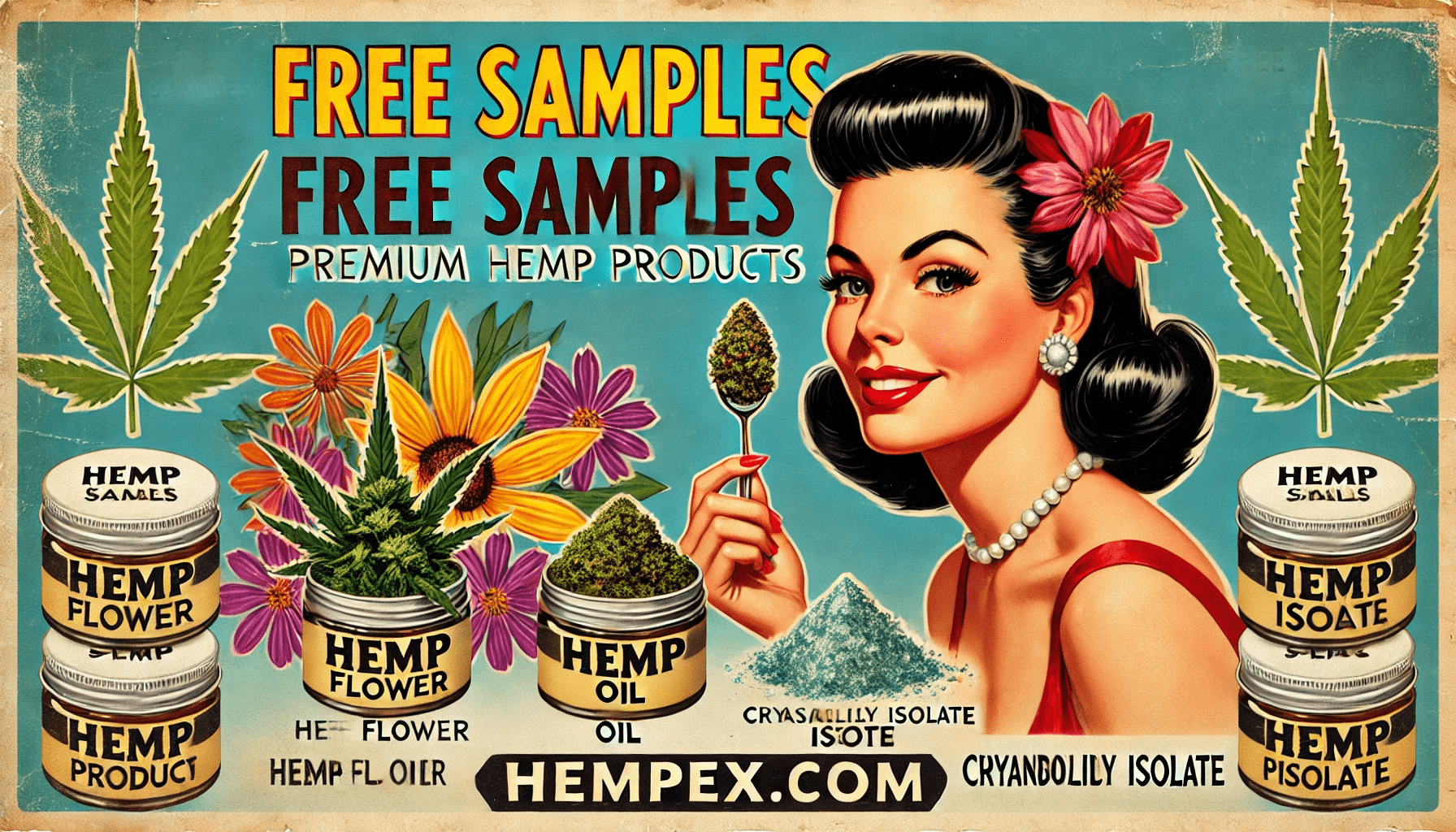CBG Hemp Processing: From Farm to High-Quality Cannabigerol Products
The production of CBG hemp involves a detailed and meticulous process, starting from cultivation to the final product. This method, commonly referred to as CBG hemp processing, includes multiple stages, ensuring the extraction of high-quality CBG for use in various products such as oils, extracts, tinctures, and isolates. Understanding how CBG hemp is processed gives a clearer picture of what makes this cannabinoid valuable and the efforts required to transform raw hemp biomass into CBG distillates, isolates, and other products.
In this article, we will break down each step of CBG hemp processing, covering everything from harvesting the plant to the creation of consumer-ready products.
What is CBG Hemp Processing?
CBG hemp processing refers to the journey from the hemp plant in the field to refined, consumer-ready products containing cannabigerol (CBG). The process involves several steps that ensure the preservation of CBG, a minor but increasingly popular cannabinoid known for its non-psychoactive properties and potential therapeutic benefits.
Key Phases of CBG Hemp Processing:
1. Hemp Cultivation and Harvesting
2. Drying and Curing
3. Biomass and Flower Separation
4. CO2 and Ethanol Extraction
5. Refinement and Distillation
6. Chromatography and Crystallization (for Isolates)
7. Product Formulation (Oils, Tinctures, and Topicals)
Step 1: Cultivating and Harvesting High-CBG Hemp
The journey begins with the cultivation of high-CBG hemp strains. Hemp plants produce CBG (cannabigerol) as a precursor to other cannabinoids like CBD and THC. To maximize the CBG yield, hemp cultivators must harvest their plants before the CBG converts into other cannabinoids.
•Timing is crucial: CBG hemp must be harvested at its peak, ensuring that the concentration of CBG is optimal.
•Organically grown: Most high-quality CBG hemp is grown organically to avoid contamination from pesticides or synthetic fertilizers.
Once the plants reach maturity, they are carefully harvested to preserve the delicate cannabinoid structure, which ensures the high potency of CBG throughout the processing stages.
Step 2: Drying and Curing
After harvesting, the hemp plants need to be dried and cured properly to prevent mold growth and degradation of the valuable CBG. This step is essential for both the biomass used for extraction and the premium flower used for smoking or vaping.
•Slow drying: Hemp is usually dried slowly in a controlled environment with specific humidity and temperature settings. This allows the plant material to maintain its cannabinoid content and terpene profile.
•Curing: Especially for premium hemp flower, curing is critical for enhancing the flavor and potency of the product.
Step 3: Biomass and Flower Separation
Once dried, the hemp material is separated into two streams: hemp biomass and premium flower.
•Hemp biomass: Includes leaves, stalks, and smaller buds. Biomass is primarily used for large-scale CBG extraction to produce oils, distillates, and isolates.
•Premium hemp flower: High-quality buds that are preserved for smoking, vaping, or creating small-batch products like oils and tinctures.
This separation ensures that each part of the plant is used efficiently, whether for extraction or direct consumption.
Step 4: Extraction Methods for CBG
The next step is to extract the valuable CBG from the plant material. This is primarily done through two methods: CO2 extraction and ethanol extraction.
CO2 Extraction:
•CO2 extraction is one of the most popular and effective methods for producing high-quality CBG extracts. This process uses pressurized carbon dioxide to extract cannabinoids and terpenes from the plant material.
•The CO2 extraction process is known for producing clean, solvent-free extracts that retain the full range of cannabinoids and terpenes found in the hemp plant.
•Best for creating full-spectrum and broad-spectrum products.
Ethanol Extraction:
•Ethanol extraction is another efficient method for extracting CBG, especially for large-scale production.
•Ethanol is used to dissolve cannabinoids, which are then separated from the plant material. Further refinement steps are needed to remove any residual ethanol and other plant compounds.
•Commonly used for producing broad-spectrum or CBG distillates.
Step 5: Refinement and Distillation
Once extracted, the CBG crude oil undergoes further refinement to increase its purity. The crude oil may contain unwanted fats, waxes, and chlorophyll, which must be removed.
•Winterization: A process used to remove plant fats and waxes.
•Distillation: Further purifies the CBG extract, creating highly concentrated CBG distillate. Distillation is a crucial step for ensuring that CBG distillate is free from impurities and contains a high potency of CBG.
Step 6: Chromatography and Crystallization for Isolates
For the production of CBG isolate, the refined oil is processed through chromatography to separate CBG from other cannabinoids, terpenes, and plant compounds. Once isolated, the CBG is crystallized to create a 99%+ pure CBG isolate.
•Chromatography: This separation technique isolates CBG from all other compounds, ensuring a pure final product.
•Crystallization: Converts the purified CBG into crystalline form, which is typically a fine white powder or solid crystal form.
Step 7: Formulating CBG Products
Once refined into distillates, isolates, or full-spectrum extracts, CBG can be formulated into a wide variety of products. These include:
•CBG Oils: Blended with carrier oils like MCT or hemp seed oil for direct consumption or topical use.
•CBG Tinctures: For sublingual use, offering fast absorption.
•CBG Topicals: Used for targeted relief from pain or inflammation.
•CBG Edibles: Incorporated into foods or beverages for convenient dosing.
Final Thoughts on CBG Hemp Processing
CBG hemp processing is a complex, multi-stage process that ensures the production of high-quality CBG extracts, distillates, and isolates for use in various products. At Hempex.com, we follow stringent protocols during each step, from cultivation and harvesting to extraction and refinement, to ensure our CBG products meet the highest standards of quality and potency.
Understanding how CBG hemp is processed highlights the value of CBG as a cannabinoid and how each step plays a vital role in bringing top-tier CBG products to market.

